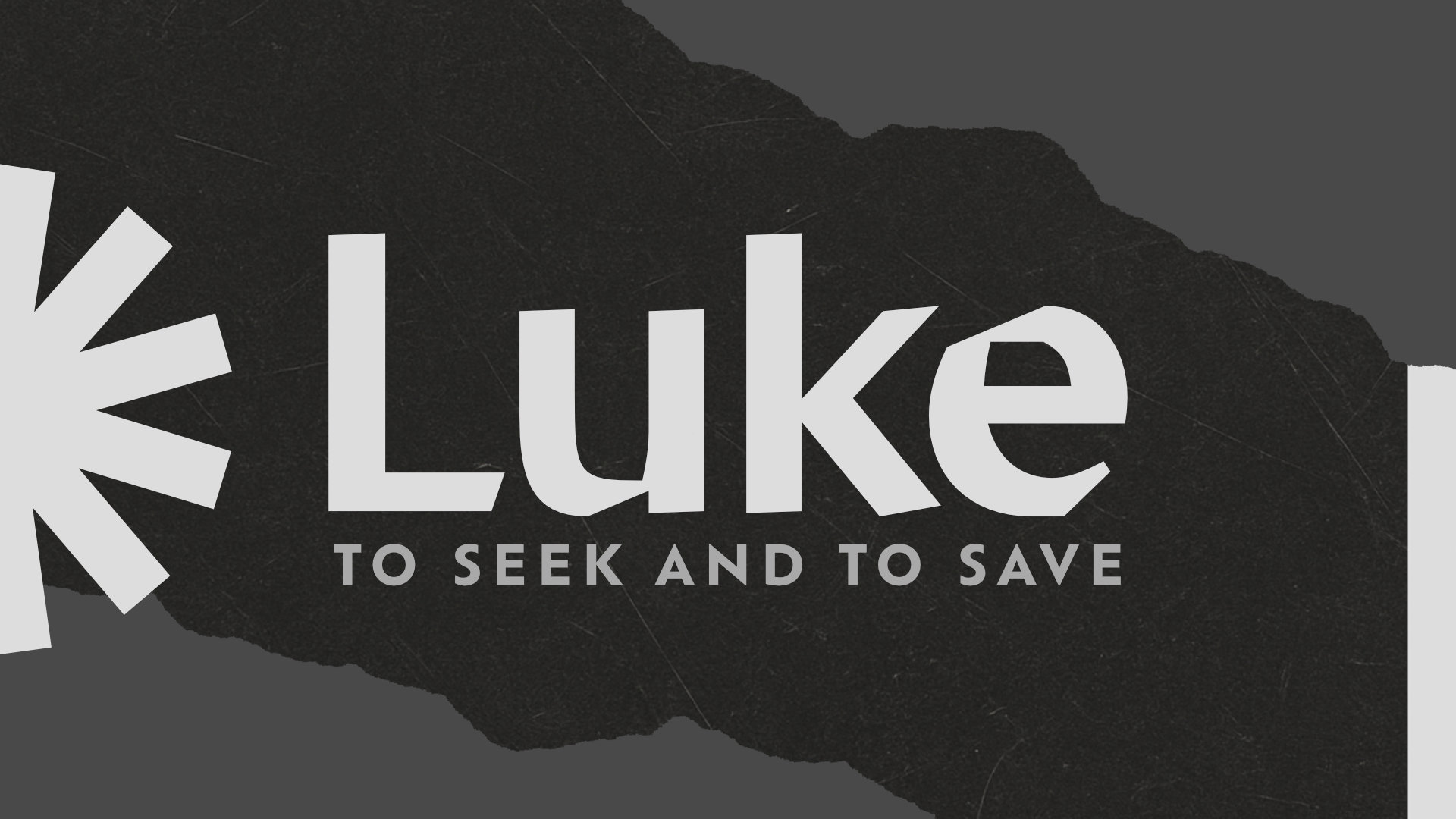Comfort Through Creation: The Old Testament Temple as Miniature Cosmos
Comfort Through Creation: The Old Testament Temple as Miniature Cosmos
This post is the sixth one in a series deriving from the “Comfort Through Creation” seminar that took place at Rocky Creek in March 2025. If you’d like to receive the PDF and audio version of that seminar, you may email allen@rockycreek.church.
There is good reason to view the Old Testament Temple as a miniature cosmos. That is, it appears that the Temple was meant to be a small picture of creation, filled with beautiful things that pointed to the reign of God in the universe. Even more pointedly, the Temple was functioning in much the same way that the Garden of Eden was intended to. You might call the Garden of Eden the first temple, for there, the following elements were present:
- God’s presence…
- Enjoyed by God’s people…
- in the place God had made for his people.
When Adam and Eve saw, walked in, and took care of the Garden, it was by necessity associated with God himself. It was his dwelling place. In a real sense, he made his home there. While God and the Garden were distinct, they also weren’t divorced from each other. It was in the Garden that Adam and Eve experienced the presence and friendship of God. Speaking to the wonder of this original Garden, Andrew Wilson states, “[T]his garden is complete with trees, fruits, vegetables, flowers, rivers, minerals, onyx, gold, birds, animals, human beings, marriage, sex, life, and the presence of God himself….and probably mountainous, given that it serves as the source for four rivers. It is more like a primeval Yosemite than a vegetable patch or manicured lawn.”
When Adam and Eve, due to their rebellion, were banished from God’s presence and out of the place he had created for them, God did not leave his people without tangible reminders of his desire to be present with them. In the midst of redemptive history, the Lord instructed the Israelites to create the tabernacle as they roamed and finally gradually settled into the Promised Land. Then later under the reign of Solomon, a permanent and visually spectacular version of the tabernacle–the temple–was built. “The tabernacle was…filled with images and illustrations from the sky and the [Garden of Eden] because these were meant to be a sign of a new creation where God would dwell among His people….When the people approached the tabernacle to encounter the presence of God, they came to a sanctuary that had vivid imagery, making it a symbol of a miniature cosmos—a symbol of a new world where God would dwell among His people.” Andrew Wilson helps us again by making explicit the parallels between the Garden of Eden and the temple:
“[T]he temple is made out of cedar trees….Like Eden, it is guarded by cherubim, built on a mountain, entered from the east, and adorned with gold and onyx….The doors of the sanctuary are made of olivewood, carved with palm trees and flowers in bloom….The bronze pillars are festooned with hundreds of pomegranates….[A]s you walk across the court, you find yourself surrounded by fresh water….There is a tree-shaped lampstand outside the Holy of Holies….It would have felt like an orchard, a well-watered garden, a paradeisos. It spoke to Israel: the God of the garden lives here. Welcome.”
All of creation now is serving a temple-like role–it is God’s dwelling place, and all of creation speaks of his presence as his people enjoy their Father’s world. Psalm 104:2 says of God, “You stretch out the starry curtain of the heavens.” Could it be that this language is not only a poetic way of describing the heavens, but also a nod to the tabernacle curtain that set off the Holy of Holies? It seems no less than plausible.
The Garden of Eden in Genesis is bookended by Revelation 21-22. In these final chapters of the Bible, we are meant to get a sense of déjà vu. The Bible opens with a garden, the Garden of Eden, which quickly comes to ruin due to the sin of Adam and Eve. It also ends with garden imagery at the end of Revelation. Despite the differences between the two gardens, there is wonderful continuity from Eden to the tabernacle to the temple and finally to the end of Revelation (this post has not even touched on the reality of Jesus embodying the purpose of the temple). The effect is that wherever we look in Scripture and in our physical world, we are meant to see unmistakable glimpses of God through the things he has made. Gardens, parks, flowers, trees, and grass suddenly take on new and deeper meaning. Andrew Wilson says it well: “When we finally see [the home God has been preparing for us], in the final two chapters of Scripture, we get the most delightful sense of déjà vu—there is a river and a tree and leaves and fruit and gold and onyx and a wedding. And in the midst of it all is God himself, so bright that there is no need for the sun, and so present that there is no need for a temple…Welcome home.”





























